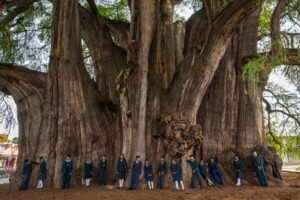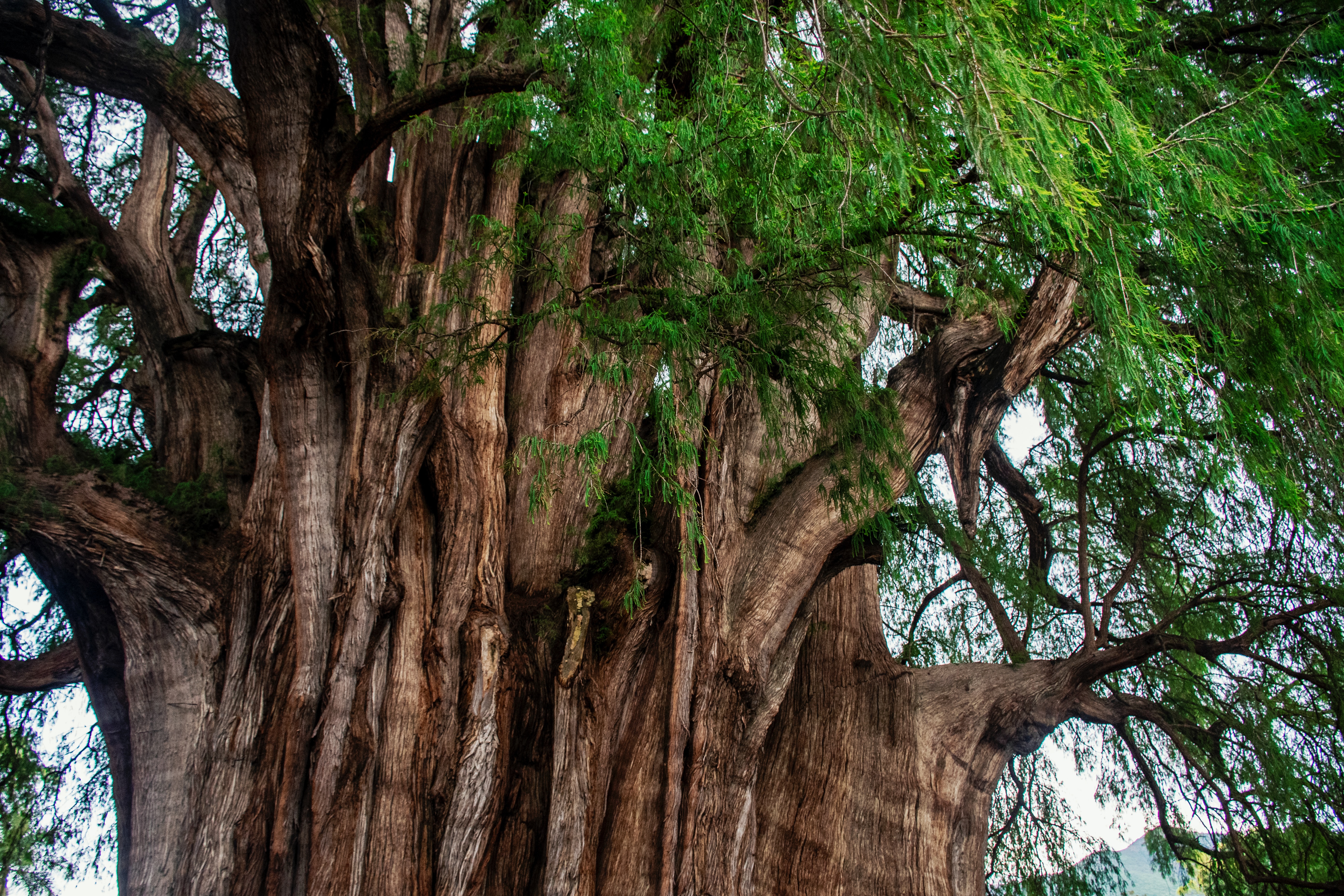Impossibly old and incredibly big, this tree in Oaxaca has lived through the rise and fall of numerous civilizations.
 This giant tree in Mexico represents the timeless universality of sacred traditions. Revered across several cultures and religions over thousands of years, El Árbol del Tule is a symbol of man’s affinity for the eternal. The tree holds a number of world records for its old age and stoutness, and scientists are baffled by some of its unique characteristics. Join thousands of pilgrims who visit El Árbol del Tule every year and experience one of the world’s last living links to the ancient world.
This giant tree in Mexico represents the timeless universality of sacred traditions. Revered across several cultures and religions over thousands of years, El Árbol del Tule is a symbol of man’s affinity for the eternal. The tree holds a number of world records for its old age and stoutness, and scientists are baffled by some of its unique characteristics. Join thousands of pilgrims who visit El Árbol del Tule every year and experience one of the world’s last living links to the ancient world.
- Name: El Árbol del Tule
- Nickname: Tree of Life
- Species: Montezuma bald cypress
- Address: 2 de Abril, 8va Etapa IVO Fracc el Retiro, 68297 Santa María del Tule, Oaxaca, Mexico
- Hours: 8 AM – 8 PM
Here’s What To Know About The History Of El Tule
Beginning sometime around the turn of the epoch, El Tule was born. Like most trees and forests in the world, El Tule was planted by human beings. In Nahuatl, a local language spoken in the region prior to Spanish colonization, the tree is known as ahuehuete, which means “old man of the water.” It’s interesting to note that the tree, even in pre-Hispanic times, was named after how old it is.
Estimates regarding El Tule’s age vary wildly. Some estimates suggest that the tree is over 6,000 years old. However, scientists guess that it is closer to 2,000 years old.
According to the local Zapotec legend, El Tule was planted about 2,000 years ago by an Aztec priest, Pechocha, who communed with Ehacatl, the wind god. The Zapotec dating of El Tule is most closely aligned with scientific dating.
